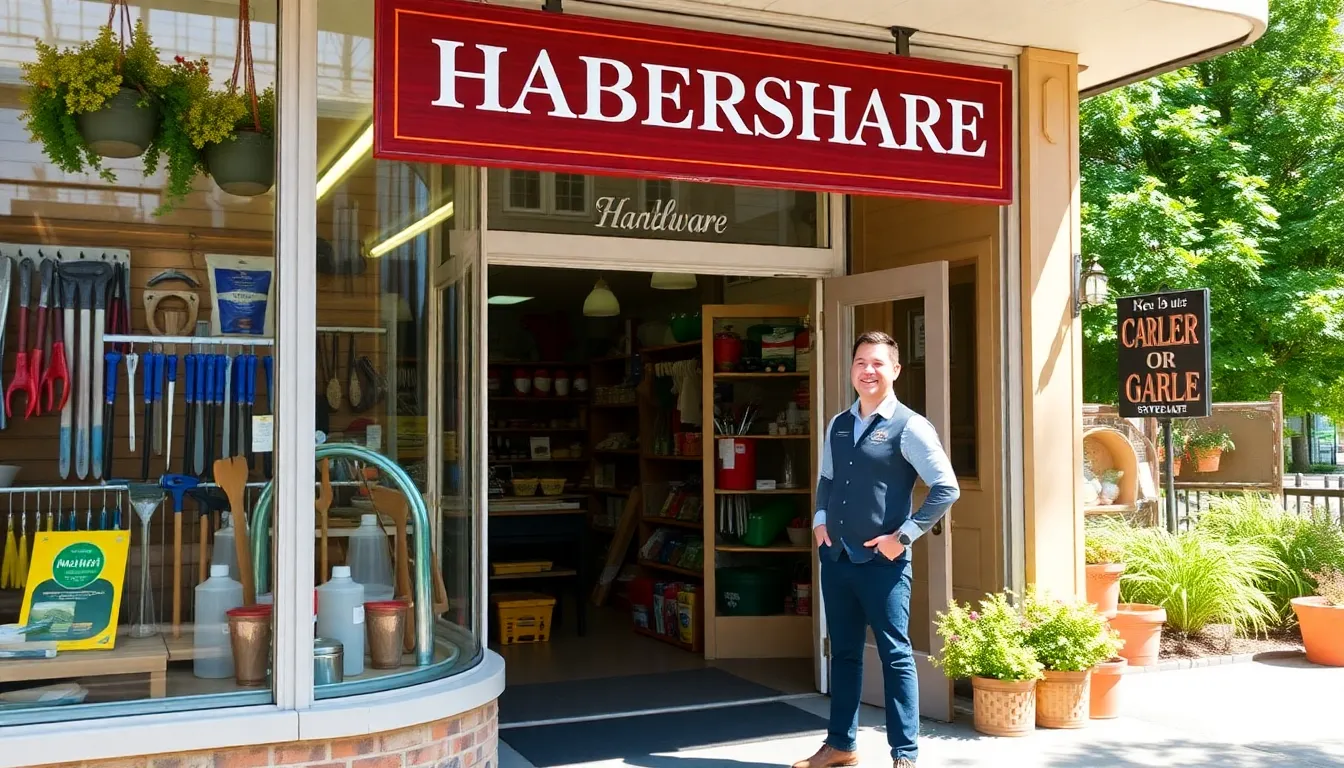Ah, SaaS customer support, the digital lifeline that can make or break a subscription service. The days of merely talking on the phone to resolve software issues are long gone. Today, the right support can turn a skeptical trial user into a loyal customer, and that’s no laughing matter. While juggling various channels and the latest tech, it’s essential to keep customer satisfaction soaring. Let’s unravel the secrets to kicking your SaaS customer support game into high gear, shall we?
Table of Contents
ToggleUnderstanding SaaS Customer Support

SaaS (Software as a Service) customer support is essentially the backbone of any successful software company operating in the cloud. It encompasses various methods designed to assist users by troubleshooting issues, providing guidance on the software, and facilitating a seamless user experience.
Unlike traditional software distribution, which might rely on manual installations and physical media, SaaS requires continuous interaction between the provider and the user. This interaction is not superficial: it’s about developing relationships, resolving pain points, and ensuring users know their software inside and out. With the right customer support framework, SaaS companies can cultivate a user-friendly environment that encourages long-term subscriptions and loyalty.
Importance of Customer Support in SaaS
Customer support holds monumental importance in the SaaS landscape. Why? Think about it: when everything is just a click away, users expect immediate assistance. If they encounter a hiccup, frustration can quickly escalate. Good customer support is not just a nicety: it’s a necessity that fosters satisfaction and retention.
According to studies, a staggering 60% of customers are willing to pay more for a better experience. This is particularly acute in SaaS, where competition is fierce and alternatives are plentiful. A single negative experience can steer a customer right into the arms of your competitors. Hence, investing in stellar customer support can be the differentiator that keeps your brand top of mind and nurtures loyalty.
Core Components of Effective SaaS Customer Support
For SaaS companies aiming for excellence in customer support, four core components are vital:
Strategies for Enhancing Customer Support in SaaS
- Training and Development: Regular training equips support staff with the skills to handle queries efficiently. This not only helps in resolving issues faster but also boosts team morale.
- Multi-Channel Support: Offering assistance through various platforms, email, chat, phone, and social media, enables customers to choose their preferred method of communication.
Utilizing AI and Automation
- Chatbots can provide instant answers to common questions while freeing human agents to tackle more complex issues. They’re not just a gimmick: they help maintain user engagement and satisfaction.
Building a Knowledge Base
- A comprehensive, easy-to-navigate knowledge base empowers users to find answers on their own. This dramatically reduces incoming request volume and boosts customer confidence.
Creating a Customer-Centric Support Culture
- Foster a culture that prioritizes the needs and preferences of the customer. This involves listening to customer feedback and instilling a sense of ownership and accountability in the support team.
Measuring and Analyzing Customer Support Performance
To truly elevate SaaS customer support, measuring performance is non-negotiable. You can’t improve what you don’t quantify. Key performance indicators (KPIs) provide invaluable insights into the effectiveness of support initiatives.
Key Metrics to Track
- Customer Satisfaction Score (CSAT): Simple yet effective. After each interaction, asking for feedback gives immediate insights into satisfaction levels.
- First Response Time (FRT): This metric indicates how quickly customers receive first replies. Quicker responses often correlate with higher satisfaction.
- Ticket Resolution Time: The faster support can resolve issues, the happier customers will be.
- Net Promoter Score (NPS): This is a measure of customer loyalty and their likelihood to recommend your service to others. A high NPS can indicate strong customer support presence.
Feedback Loops and Continuous Improvement
Establishing feedback loops can significantly enhance a company’s support capabilities. When companies actively solicit and use customer feedback, they can identify pain points and areas for growth.
For example, sending out periodic surveys can help businesses pinpoint which aspects of their service create dissatisfaction. By consistently iterating based on real user experiences, SaaS companies can create a cycle of continuous improvement. Listening to customers not only helps resolve their issues but also strengthens relationships, building loyalty and trust.





